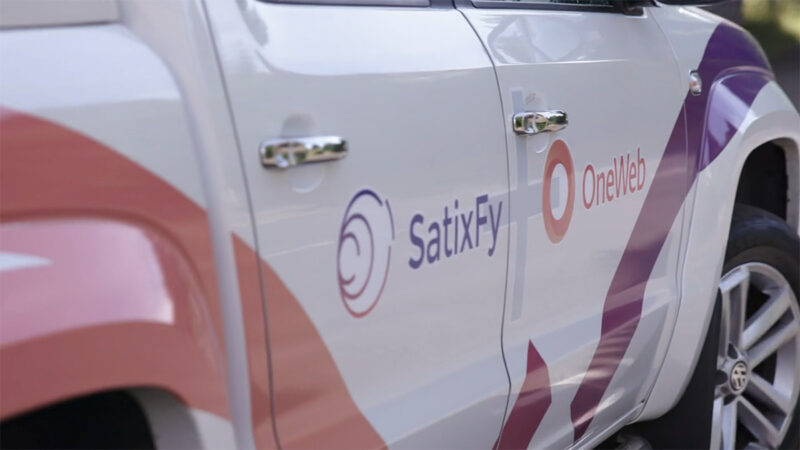Latest News

An image of the vehicle used in the test (courtesy of SatixFy)
SatixFy Communications confirmed Wednesday that its electronically steered multi-beam array achieved a high-speed, low-latency 5G backhaul link with a OneWeb Low-Earth Orbit (LEO) constellation satellite during a June 28 demonstration at an ESA/ECSAT facility in England.
The company said that the demonstration involved a super compact satellite terminal mounted on a car. The terminal antenna performed several satellite and beam handovers, along with frequency hopping over the OneWeb LEO network at 1,200 km, while maintaining a simultaneous and continuous link with a GEO satellite at an altitude of 36,000 Km. Live 4K ultra-high definition TV video and audio streaming took place from the Geostationary Orbit (GEO) satellite.
“This test further validates our products addressing two of our major target markets: electronically-steered multibeam user terminals for mobility and the use of our terminals to address the large space-enabled 5G market,” SatixFy UK CEO Simona Gat said in the announcement.
OneWeb said that once the SatixFy electronically steered array antenna technology is in production, it will enable mobility customers such as airlines, train operators, and coach companies simultaneously utilize the OneWeb LEO network, terrestrial 5G networks and legacy GEO satellite networks.
SatixFy and OneWeb are currently partnered under the ESA’s Sunrise Partnership Project to develop a compact electronically steered multi-beam array suitable for mobility services over both LEO and GEO satellites simultaneously. The program is also supported by the UK Space Agency.
“Through the Sunrise Partnership Project, we aim to show that 5G high quality and speed connectivity is now a reality, to the benefit of everybody, everyday and everywhere,” ESA Telecom Director Elodie Viau said in a statement.
Get the latest Via Satellite news!
Subscribe Now